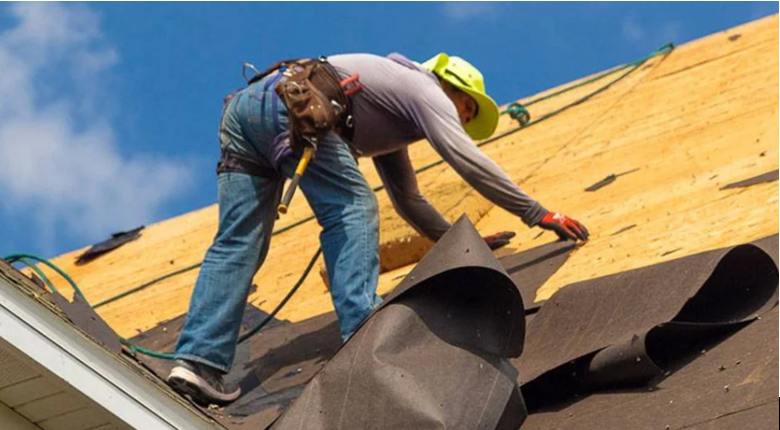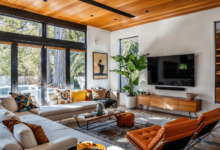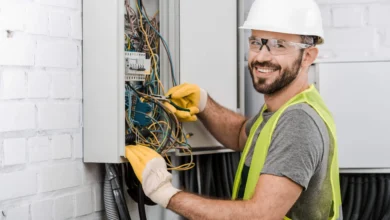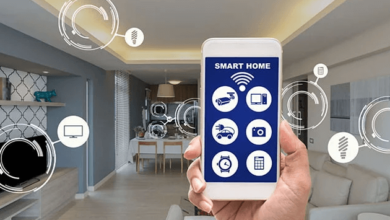How Rubber Roofing Can Help Prevent Leaks in Older Homes

Many older homes carry unique charm, but they also come with structural challenges, especially when it comes to the roof. Years of exposure to weather can weaken materials, leading to cracks, leaks, and costly water damage. Homeowners exploring rubber roofing in Atlanta are discovering that this material offers a reliable solution for preventing leaks and extending roof life. Rubber roofing systems are designed for durability, flexibility, and superior waterproofing, making them especially effective for aging homes in need of reinforcement.
Dispelling Myths About Rubber Roofing
Despite its advantages, some misconceptions have kept homeowners from considering rubber roofing. One of the most common is the belief that it lacks aesthetic appeal or is only suitable for commercial buildings. In reality, today’s rubber roofing products come in versatile styles and colors that blend seamlessly with residential designs. Clarifying the myths about rubber roofing helps homeowners see how this material delivers both function and style. Far from being unattractive or limited in use, modern rubber roofing offers a clean look while protecting vulnerable structures from leaks.
Benefits of Rubber Roofing in Leak Prevention
The standout feature of rubber roofing is its waterproofing capability. Unlike traditional shingles that may shift or crack over time, rubber roofing provides a continuous surface that seals tightly against moisture. This eliminates weak points where leaks typically occur, such as joints or overlaps. Its flexibility also makes it ideal for older homes that may have settled unevenly, since it adapts to movement without splitting. For roofs prone to water pooling, rubber roofing provides a resilient barrier that keeps interiors safe and dry.
See also: 9 Modern Home Design Ideas That Blend Style and Function
Adaptability for Residential Use
Though once considered a solution mainly for flat commercial roofs, rubber roofing has gained popularity in residential projects. Homeowners have realized that the benefits of rubber roofing for residential use extend well beyond durability. It offers resistance against UV damage, strong performance in extreme weather, and long-lasting protection with minimal maintenance. This adaptability makes it especially valuable for older homes where other materials may require frequent repairs.
Cost-Effectiveness and Longevity
Older homes often demand more frequent roof repairs, making cost efficiency an important consideration. Rubber roofing provides a long-term solution that reduces the need for repeated fixes. Its lifespan can extend decades with proper installation, offering better return on investment compared to materials that deteriorate more quickly. The reduced risk of leaks and the lower need for upkeep make it a financially practical choice for homeowners looking to protect their property without constant repair costs.
Eco-Friendly Advantages
Another benefit of rubber roofing is its environmentally friendly composition. Many products are made from recycled materials, making them a sustainable option. They can also be recycled at the end of their lifespan, reducing waste. For older homes being modernized with eco-conscious upgrades, rubber roofing contributes to a greener footprint while delivering strong protection against water damage.
Conclusion
Rubber roofing has proven itself as a reliable solution for preventing leaks in older homes. By addressing common misconceptions, offering unmatched waterproofing, and adapting well to residential needs, it provides long-lasting value and peace of mind. For homeowners seeking durability, efficiency, and protection from water damage, rubber roofing stands out as a practical and effective investment.






